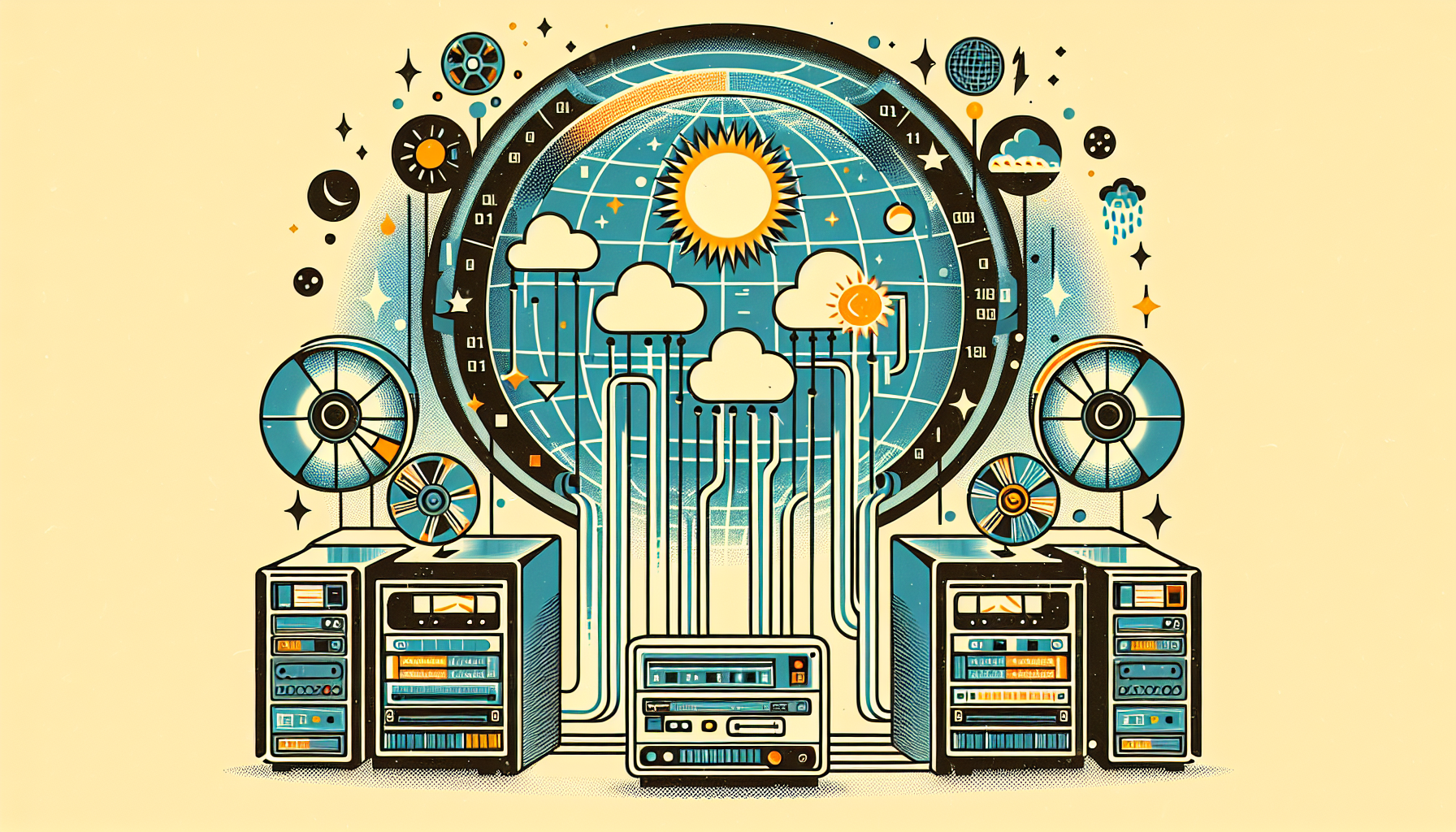In recent years, the integration of Artificial Intelligence (AI) into weather forecasting has revolutionized the world of meteorology. This powerful technology is transforming how we predict weather by making forecasts more accurate and reliable than ever.
Understanding the Data
One of AI’s remarkable strengths is its ability to absorb and process vast amounts of information. Satellites, radar systems, ground sensors, weather stations, and ocean buoys all contribute data, which AI seamlessly combines to paint a complete and accurate picture of current weather conditions. This is known as data assimilation. It’s like pulling together pieces of a puzzle to see the whole picture, allowing weather models to start with the best and latest data.
Real-Time Analysis
AI doesn’t just process data; it does so in real-time. This capability is a major upgrade over traditional techniques. AI systems can swiftly eliminate noise and errors, spotlight important patterns, and fill in the gaps for areas with little observational data. This ongoing, real-time analysis ensures forecasts are always fresh and reliable, which is crucial for industries and communities relying on accurate weather information.
Recognizing Patterns
Through machine learning and deep learning, AI can find significant patterns in weather data that humans might overlook. By studying historical weather trends and continuously learning from new data, AI refines its predictions of temperature, precipitation, and wind conditions. For example, AI models like DeepMind’s GenCast have shown tremendous ability in forecasting weather, including extreme events, up to 15 days in advance. Such models often outperform traditional forecasts, especially when predicting extreme weather like heatwaves or severe storms.
Improving Accuracy
When AI works alongside traditional Numerical Weather Prediction (NWP) models, the results are striking. AI contributes by handling vast datasets, identifying significant patterns and relationships that might escape human analysis. This collaboration boosts the accuracy of weather models, providing more notice for severe weather and enhancing safety preparations.
Stories of Success
Numerous studies underscore the power of AI in boosting forecast accuracy. For instance, research from Imperial College London shows that combining local weather data with AI can dramatically enhance regional forecasts. Additionally, Climavision’s Horizon AI S2S model, built on extensive historical data and millions of observations, boasts a 30% increase in global accuracy. In certain locations, it’s twice as accurate compared to the highly regarded ECMWF model.
Moving Forward with Challenges
Despite these achievements, challenges remain in the realm of AI weather forecasting. Issues like data biases, high computational demands, and the need for AI systems that offer clear explanations rather than mysterious outputs, dubbed the “black box” problem, still need to be tackled. For AI to reach its full potential, there’s a constant push for high-quality, diverse datasets and more advanced AI methodologies.
As AI technology evolves, it continues to carve out a crucial role in predicting weather, helping mitigate the impacts of climate change-driven extreme weather. It offers the promise of more reliable forecasts, enhanced preparedness, and longer lead times for dealing with severe events, benefiting both lives and economies globally.
In the medieval cloisters of meteorology, AI is not merely a tool but a transformational force, a harbinger of a new dawn where weather prediction is more precise, swift, and reliable—a crucial step forward in our quest to understand and coexist with the ever-changing sky.

Leave a Reply